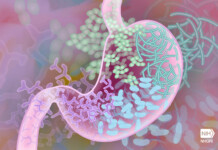By Nancy Clark, MS, RD, CSSD — Believe it or not, eating a good sports diet can be simple. Yet too many athletes have created a complex and confusing eating program with good and bad foods, lots of rules, and plenty of guilt. Let’s get back to the basics and enjoy performance-enhancing fueling with these simple ABC’s for winning nutrition.
Appreciate the power of food and the positive impact it has on athletic performance. Also notice the negative impact of hunger on your mood, ability to focus, and energy. As an athlete, you are either fueling up or refueling. Every meal and snack has a purpose; be responsible!
Breakfast: eat it within three hours of waking for a high-energy day. If you are not hungry in the morning, trade evening snacks with little nutritional value for a wholesome morning meal. Alternatively, eat that wholesome morning meal at night, in place of the snacky foods.
Carbohydrates are the preferred source of muscle fuel for hard exercise. Do not “stay away from” pasta, potato, bread, bagels and other starchy foods that have wrongly been deemed fattening but actually help keep muscles well fueled. Serious athletes who minimize carb intake risk having poorly fueled muscles.
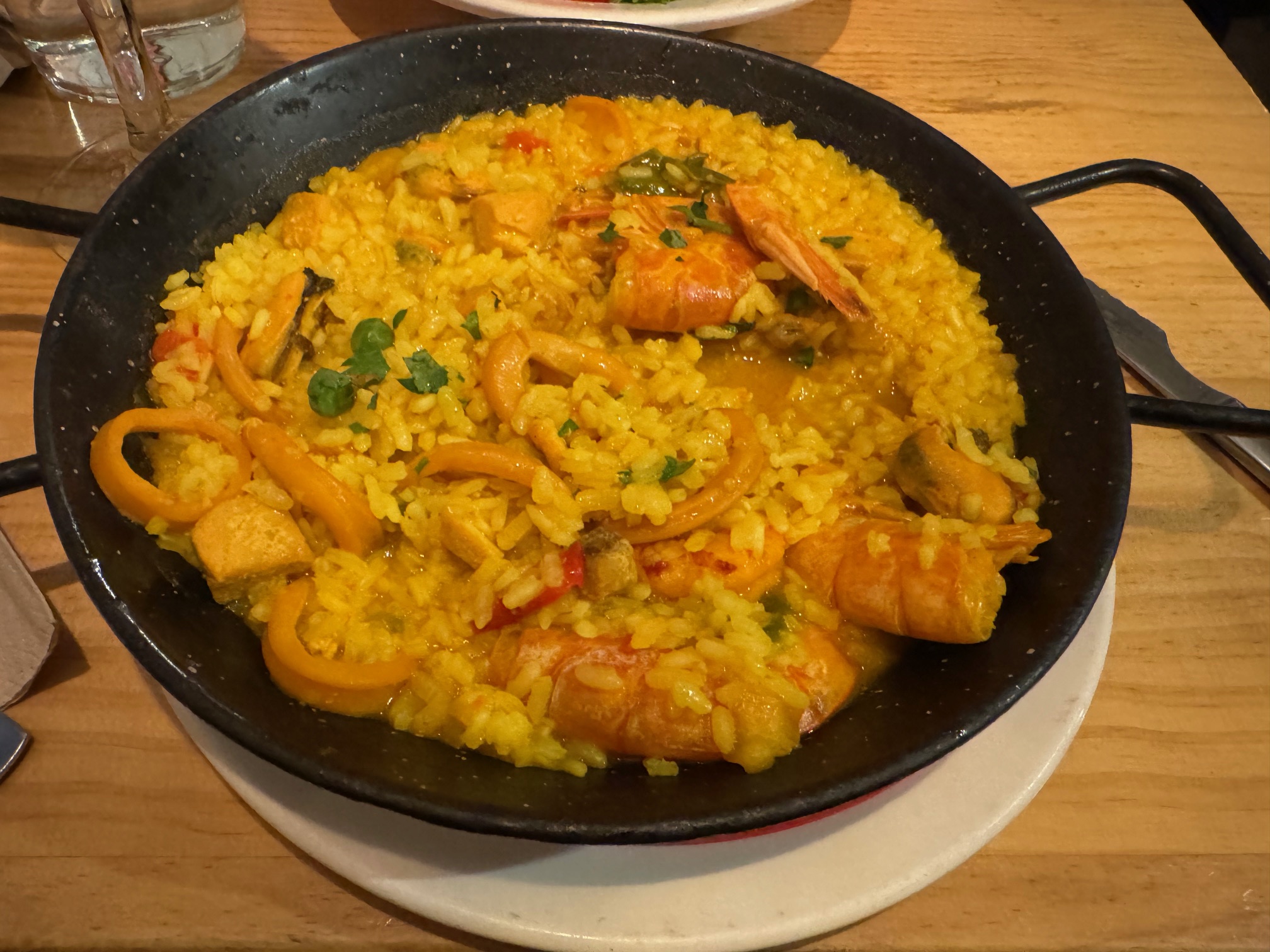
Dehydration needlessly slows you down, so plan to drink extra fluid 45 to 90 minutes before a hard workout. That’s how much time the kidneys require to process fluid. Schedule time to tank up, urinate the excess, and then drink again soon before you start to exercise.
Energy bars are more about convenience than necessity. Bananas, raisins, Fig Newtons and granola bars offer convenient fuel at a fraction of the price. If you prefer pre-wrapped bars, choose ones made with wholesome ingredients such as dried fruits, nuts, and whole grains.
Foods fortified with iron can help non-meat eaters and vegetarians reduce their risk of becoming anemic. Iron-fortified breakfast cereals, such as Raisin Bran, Cheerios, Grape-Nuts, and Wheaties offer more iron than all-natural brands with no added iron, such as Kashi, old-fashioned oats, and granola.
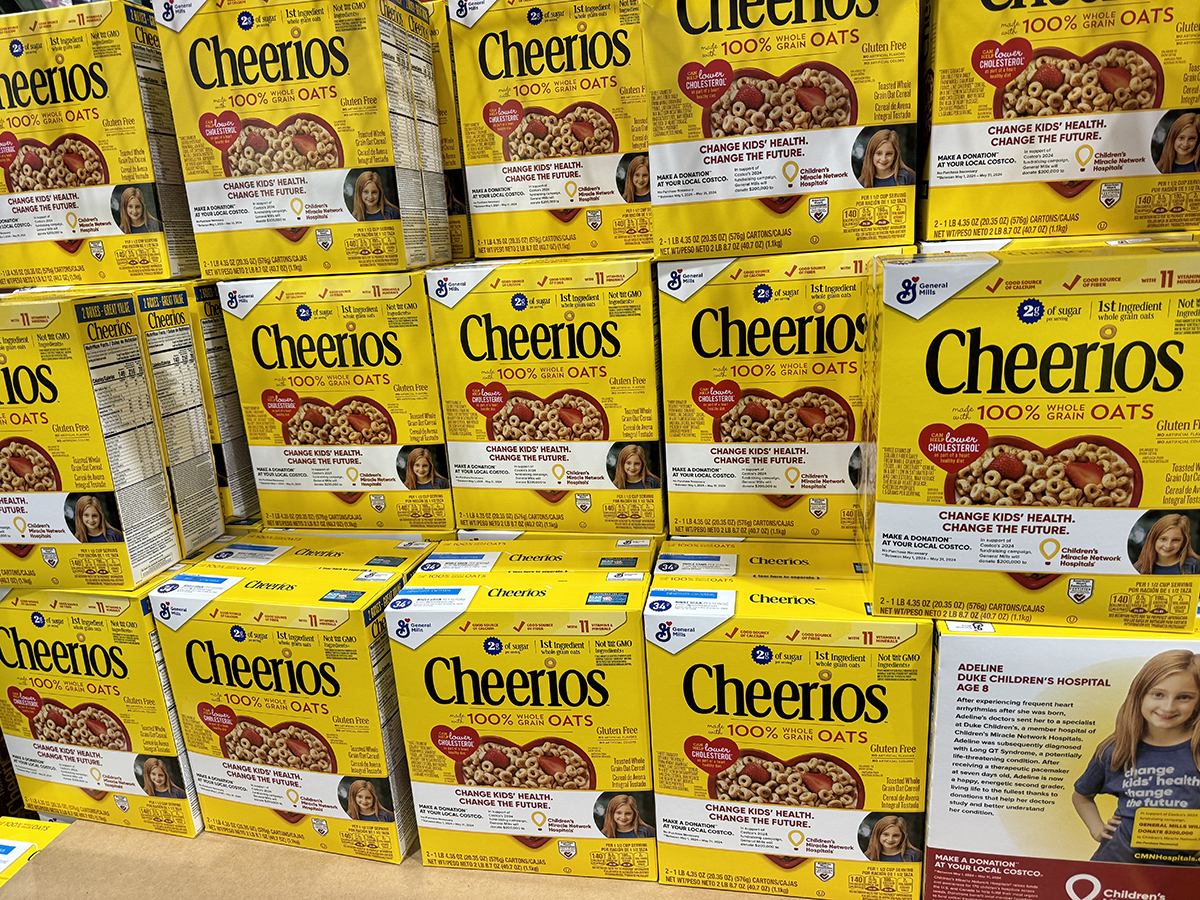
Gatorade and other sports drinks are designed to be used by athletes during extended exercise, not as a mealtime beverage or snack. Most foods contain far more electrolytes than in sports drinks.
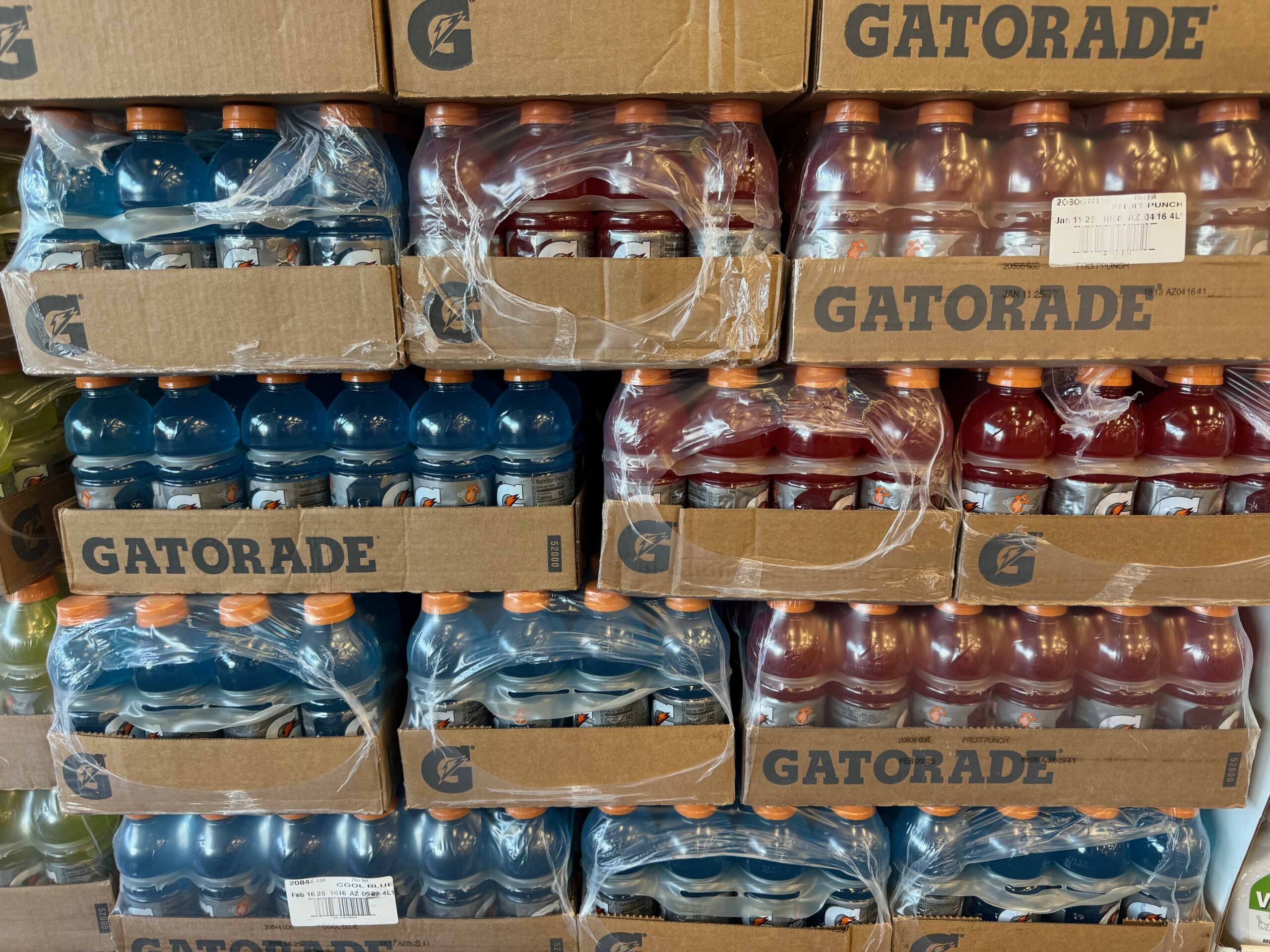
Hypoglycemia (low blood sugar, as characterized by light-headedness, fatigue, and inability to concen-trate) is preventable. To eliminate 4:00 p.m. low blood sugar, enjoy a hearty mid-afternoon snack.
Intermittent fasting might offer health benefits for an overfat, under-fit, sedentary person, but it is not designed for athletes. Extended time without food puts your body into muscle-breakdown mode.
Junk food can fit into your sports diet in small amounts. That is, you don’t have to have a “perfect diet” to have an excellent diet. The goal is 90% quality foods and, if desired, 10% fun foods.
Keto, Paleo and other fad reducing diets “work” because they limit calorie intake. But when dieters escape from food-jail, backlash takes its toll. Your better bet: Learn how to eat appropriately, not diet restrictively.
Lifting weights is key to building muscles. Carbohydrates provide the energy needed to lift heavy weights. To support muscular growth, choose carbohydrate-based meals with a side of protein, as opposed to protein-based meals with minimal carbs.
Muscles store carbohydrate (grains, fruits, veggies) as glycogen. When replenishing depleted glycogen to prevent needless fatigue, muscles store about store about 3 ounces of water with each one ounce of carb. Hence, an athlete might gain 2 to 4 pounds of (water) weight when refueling on a rest day.
Nutrient-dense whole foods are so much better for your health than ultra-processed foods. By satiating your appetite with hearty breakfasts and lunches, you’ll curb your desire for afternoon and evening chips, cookies, instant meals, and other highly processed foods—and may not even miss them!
Obsessed about food and weight? If you spend too much time thinking about what or what not to eat, meeting with a sports dietitian (RD CSSD) can help you stop the struggle. Eating should be simple.
Protein is an important part of a sports diet; it helps build and repair muscles after hard workouts—but it does not refuel muscles. A recovery drink should offer three times more carbs than protein. Choose a fruit smoothie (made with Greek yogurt) instead of a low-carb protein shake.
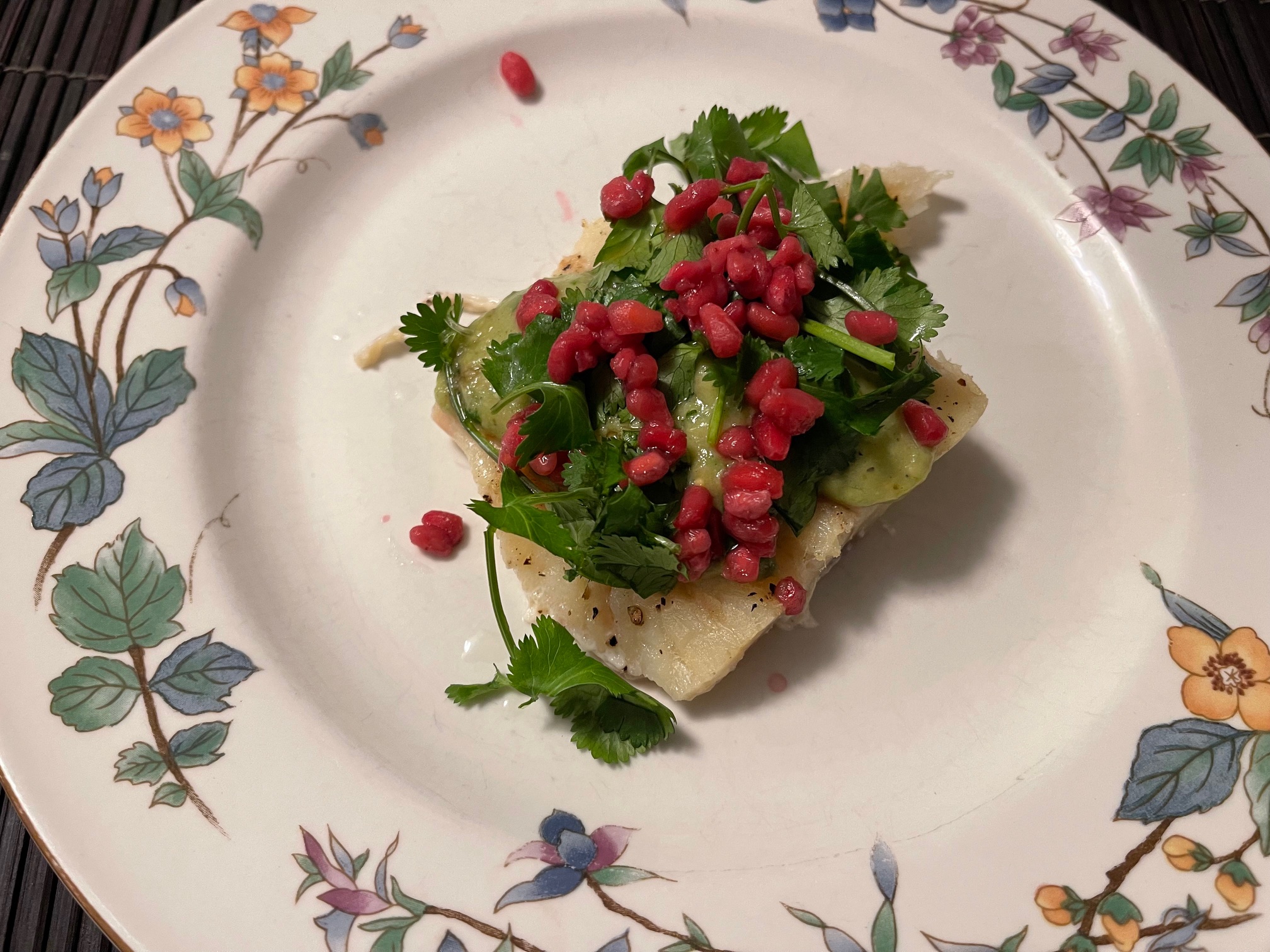
Quality nutrition is best found in natural foods. Be sure there are more apple cores and banana peels than energy bar wrappers and ultra-processed food packages in your waste basket.
Rest is an important part of a training program; your muscles need time to heal and refuel. Plan one or two days with little or no exercise per week. Expect to feel just as hungry on rest days as on exercise days; your muscles need food to replenish depleted glycogen stores.
Sweet cravings are a sign you’ve gotten too hungry. Experiment with eating enough breakfast and lunch to feel satiated; don’t stop eating just because you think you should. You’ll have more energy in the afternoon, better workouts—and far less desire for sweets and treats later in the day.
Thinner does not equate to performing better if the cost of being thinner is skimpy meals and poorly fueled muscles. Initially a lighter athlete might set some PRs, but stress fractures and injuries will ultimately take a toll. The better bet: focus on being well-fueled and powerful.
Urine that is dark colored and smelly indicates a need to drink more fluid (this includes coffee, yogurt and watery foods). Well hydrated athletes have pale-colored urine and urinate every 2 to 4 hours.
Vegetarian athletes who do not eat meat should include plant-protein at each meal and snack. Peanut butter on a bagel, hummus with pita, and beans in chili are just a few suggestions.
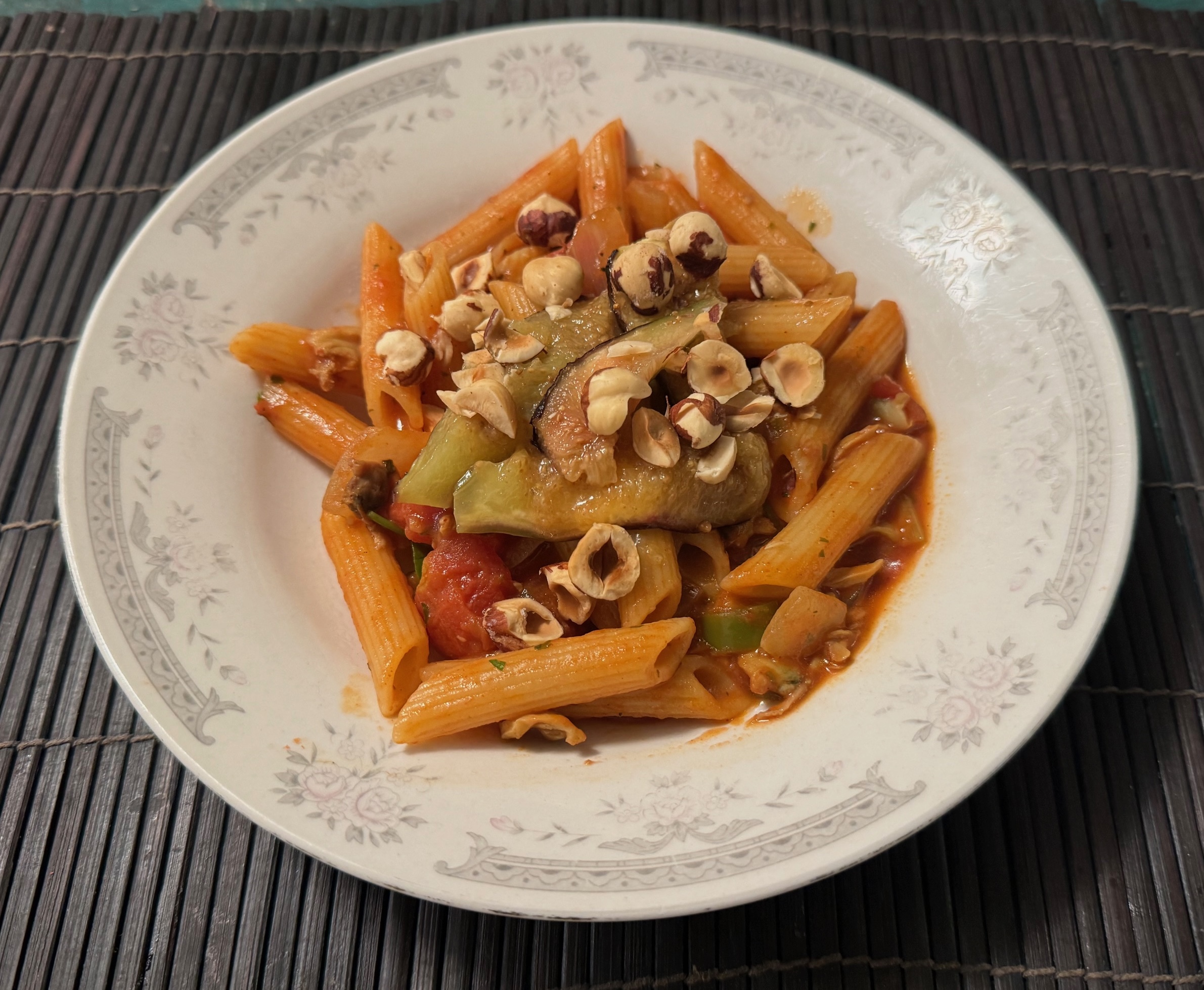
Weight is more than a matter of will power; genetics plays a role. Forcing your body to be too thin is abusive.
Xtra vitamins are best found the all-natural way: in dark colorful vegetables such as broccoli, spinach, peppers, tomatoes and carrots, or in fresh fruits such as oranges, grapefruit, cantaloupe, strawberries and kiwi. Chow down!
Yes, even you can optimally fuel your engines. The trick is to prevent hunger. When too hungry, you’ll likely grab the handiest (but not the healthiest) food around. Experiment with front-loading your calories.
Zippy and zingy–that’s how you’ll feel when you fuel with premium nutrition. Eat well and enjoy your high energy!
For personalized nutrition help, consult with a registered dietitian (RD) who is a board certified specialist in sports dietetics (CSSD). Use the referral network at www.SCANdpg.org to find your local food coach.
Nancy Clark, MS, RD, CSSD (Board Certified Specialist in Sports Dietetics) counsels both casual and competitive athletes in her private practice in Newton, MA (617-795-1875). Her bestselling Sports Nutrition Guidebook is available at www.nancyclarkrd.com.

